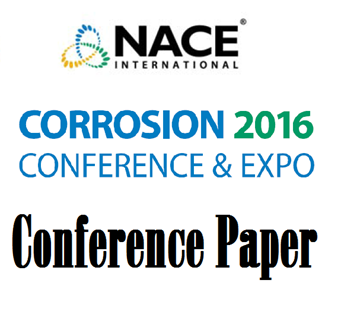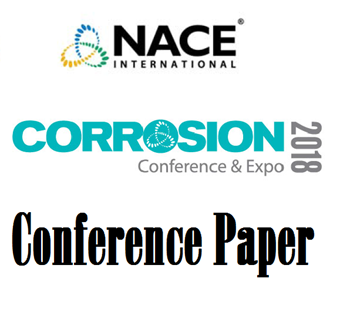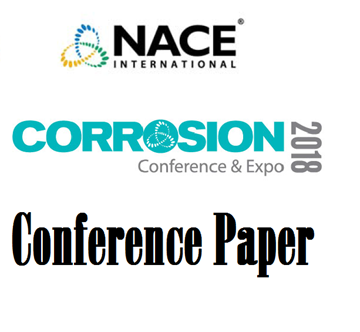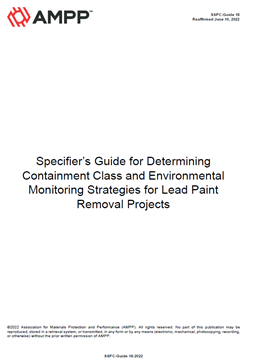Search
Products tagged with 'chromium'
View as
Sort by
Display
per page
51316-7265-Corrosion Behavior of Cr and Cu Containing Low Alloys Steels in Solution
Product Number:
51316-7265-SG
ISBN:
7265 2016 CP
Publication Date:
2016
$20.00
51316-7267-Impact of Microstructure on Hydrogen Solubility and Diffusivity in UNS 07718
Product Number:
51316-7267-SG
ISBN:
7267 2016 CP
Publication Date:
2016
$20.00
51318-10810-Nickel-based Alloy UNS N06845 with Superior Localized Corrosion Resistance for Sour Environment
Product Number:
51318-10810-SG
Publication Date:
2018
$20.00
51318-11329-Sensitization Study of Corrosion-Resistant Nickel-Alloys
Product Number:
51318-11329-SG
Publication Date:
2018
$20.00
51318-11330-Role of Major and Minor Alloying Elements in CRAs to Localized Corrosion Inhibition: A Review
Product Number:
51318-11330-SG
Publication Date:
2018
$20.00
Corrosion Control Without the Use of Toxic Heavy Metals
Product Number:
41213-793-SG
Publication Date:
2013
$20.00
Development of Eco-friendly Chromium Electrodeposit for Corrosion Resistance in Chloride-containing Environment
Product Number:
51323-19027-SG
Publication Date:
2023
$20.00
Effect Of Chromium Dilution On SCC Growth Rate In Inconel Welds
Product Number:
ED22-17109-SG
Publication Date:
2022
$20.00
Effect Of Impurity On The High-Temperature Corrosion Performance Of Alloys In Supercritical CO2
Product Number:
51322-18055-SG
Publication Date:
2022
$20.00
Metallurgical Aspects of HTHA in CS Below Traditional Nelson Curve Values
Product Number:
51320-15062-SG
Publication Date:
2020
$20.00
SSPC-Guide 18-2022, Specifier’s Guide for Determining Containment Class and Environmental Monitoring Strategies for Lead Paint Removal Projects
Product Number:
SSPC-GUIDE 18-2022
Publication Date:
2022
$109.00











